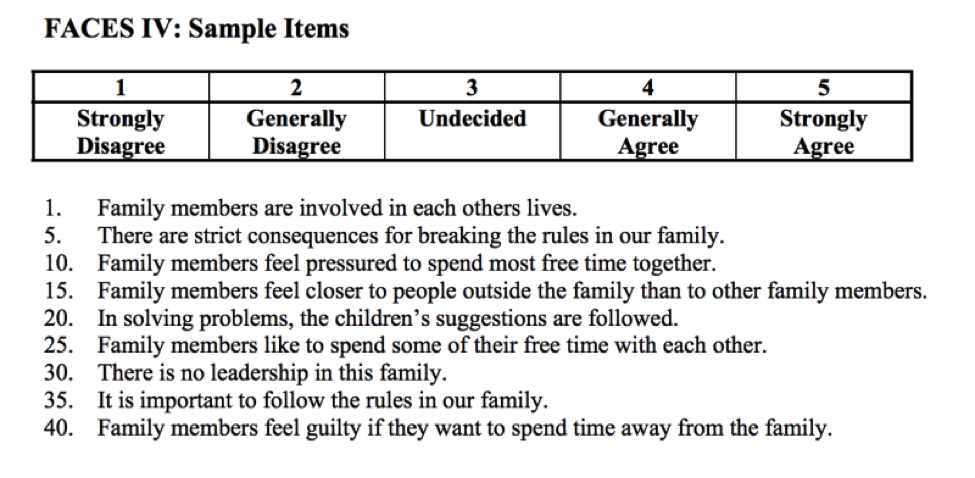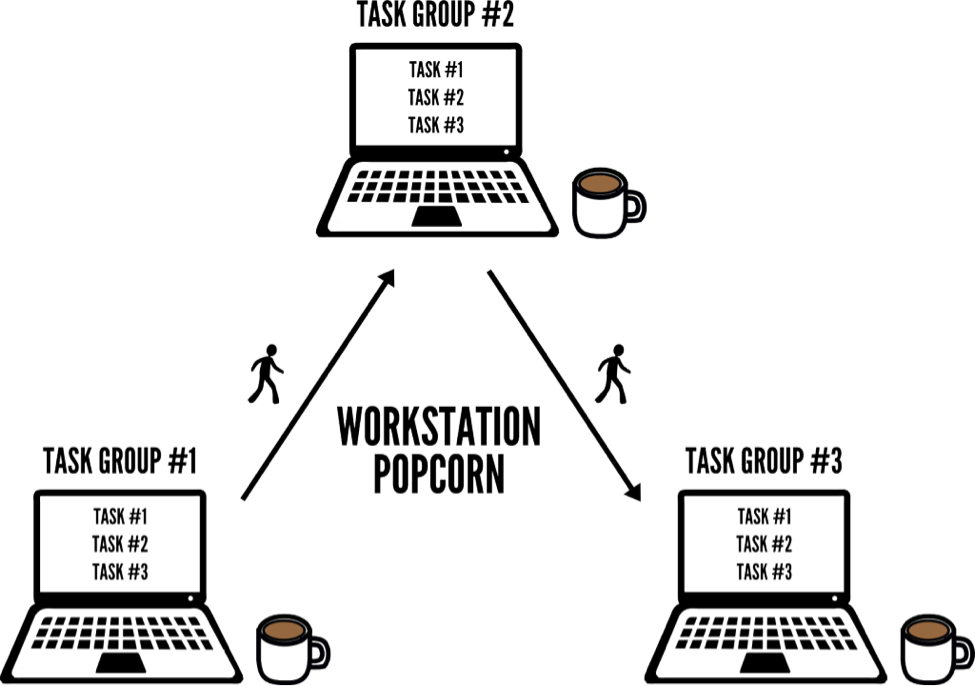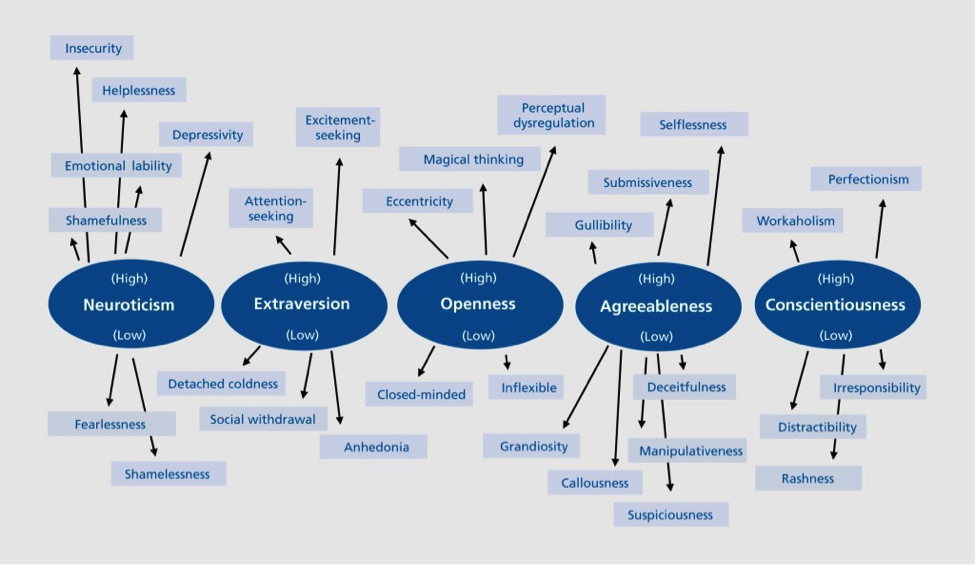
Raise your hand if you've ever wasted time in Photoshop.
I know the feeling: You know what you want to do -- like crop a photo, select a certain tool, or change the size of the canvas -- but you're not quite sure which buttons to press to make that happen.
I've spent what's felt like hours trolling through the Photoshop menu, hoping to stumble on the button I need. Wouldn't it be much easier if you could just press a button and magically make it happen?
Download 195 free visual design templates here to make do-it-yourself design even easier.
I have good news for you: Photoshop has a wealth of nifty keyboard shortcuts that work just like that -- minus the magic. By pressing a few keys on your computer keyboard at the same time, you can select tools, manipulate images and layers, and even make adjustments to your project's canvas.
To be honest, Photoshop has way too many shortcuts to remember if you're just starting out with the software. It's really hard to track of them all. So, if you're a beginner at Photoshop who's looking to save some time, check out the following shortcuts.
Note: All of these shortcuts can be accessed on PC and Mac, so we've included both types below. Mac instructions appear in italicized parentheses if the shortcuts are different on each platform. Also, unless the plus sign is a command (like in the "Zoom in" example), do not press the plus sign between commands.
If you can memorize them all, go for it. Otherwise, feel free to bookmark this page and come back again and again. We won't mind. ;)
66 Photoshop Shortcut Keys to Save You Time
Got something specific in mind? Click on a section below to jump to that section.
- Getting Set Up
- Choosing the Right Tools
- Using the Brush Tool
- Using the Marquee Tool (for Slicing/Selecting)
- Using Different Blending Options
- Manipulating Layers & Objects
- Saving Your Work for Later
Getting Set Up
You'd think setting up your content in Photoshop would be second nature; but oftentimes, the shortcuts to change the background size or zoom in to your project aren't what you think. Here are some of the most crucial shortcuts to know:
Control + Alt + i ( Command + Option + i ) = Change the image size.
Control + Alt + c ( Command + Option + c ) = Change canvas size.
Control + + ( Command + + ) = Zoom in.
Control + - ( Command + - ) = Zoom out.
Control + ; ( Command + ; ) = Show guides, the custom-placed single straight lines that help you align objects to one another.
Control + ' ( Command + ' ) = Show grid, the automatically generated horizontal and vertical lines that help align objects to the canvas.
Choosing the Right Tools
These shortcuts will activate the previously selected tool in the group of tools. For example, if you have last used the Magic Wand tool under the selection tools, the "w" shortcut enables the Magic Wand tool -- even though it's not the default selection tool. But, if you haven't used any tool in the group, it will enable the default tool. Make sense?
Note: To cycle through tools that share the same shortcut, press Shift + the shortcut key. Or, hold Alt (Option on a Mac) and manually click on the tool in the toolbar.
v = Pointer, a.k.a. Move Tool ![]() (Also: Artboard)
(Also: Artboard)
w = Magic Wand ![]() (Also: Quick Selection)
(Also: Quick Selection)
m = Rectangular Marquee, a.k.a. the Select Tool ![]() (Also: Elliptical Marquee, Single Row Marquee, Single Column Marquee)
(Also: Elliptical Marquee, Single Row Marquee, Single Column Marquee)
l = Lasso ![]() (Also: Polygonal Lasso, Magnetic Lasso)
(Also: Polygonal Lasso, Magnetic Lasso)
i = Eyedropper ![]() (Also: Color Sampler, Ruler, Note, Count)
(Also: Color Sampler, Ruler, Note, Count)
c = Crop ![]() (Also: Slice, Slice Select)
(Also: Slice, Slice Select)
e = Eraser ![]() (Also: Background Eraser, Magic Eraser)
(Also: Background Eraser, Magic Eraser)
u = Rectangle ![]() (Also: Rounded Rectangle, Ellipse, Polygon, Line, Custom Shape)
(Also: Rounded Rectangle, Ellipse, Polygon, Line, Custom Shape)
t = Horizontal Type ![]() (Also: Vertical Type, Horizontal Type Mask, Vertical Type Mask)
(Also: Vertical Type, Horizontal Type Mask, Vertical Type Mask)
b = Brush ![]() (Also: Pencil, Color Replacement, Mixer Brush)
(Also: Pencil, Color Replacement, Mixer Brush)
h = History Brush ![]() (Also: Art History Brush)
(Also: Art History Brush)
j = Spot Healing Brush ![]() (Also: Healing Brush, Patch, Red Eye)
(Also: Healing Brush, Patch, Red Eye)
g = Gradient ![]() (Also: Paint Bucket)
(Also: Paint Bucket)
p = Path Selection ![]() (Also: Direct Selection)
(Also: Direct Selection)
h = Hand ![]()
r = Rotate View ![]()
p = Pen ![]() (Also: Freeform Pen)
(Also: Freeform Pen)
c = Clone Stamp ![]() (Also: Pattern Stamp)
(Also: Pattern Stamp)
o = Dodge ![]() (Also: Burn, Sponge)
(Also: Burn, Sponge)
z = Zoom Tool ![]()
k = Enable 3D Object Tools (in Photoshop Extended only)
n = Enable 3D Camera Tools (in Photoshop Extended only)
Using the Brush Tool
With the brush settings, you can change the size, shape, and transparency of your brush strokes to achieve a number of different visual effects. (Learn more about the brush tool here.)
To use these keyboard shortcuts, first select the Brush tool by pressing b. ![]()
, or . = Select previous or next brush style.
Shift + , or . = Select first or last brush style used.
Caps Lock or Shift + Caps Lock ( Caps Lock ) = Display precise cross hair for brushes.
Shift + Alt + p ( Shift + Option + p ) = Toggle airbrush option.
Using the Marquee Tool (for Slicing/Selecting)
When used correctly, the marquee (or "select") tool will let you select individual elements, entire graphics, and determines what is copied, cut, and pasted into your graphics. (Learn more about the marquee tool here.)
To use these keyboard shortcuts, first select the Marquee tool by pressing m. ![]()
Control ( Command ) = Toggle between Slice tool and Slice Selection tool.
Shift-drag = Draw square slice.

Alt-drag ( Option-drag ) = Draw from center outward.
Spacebar-drag = Reposition the slice while creating the slice.
Using Different Blending Options
Blending options include quite a number of features to enhance the look or your graphic. Blending options are located in the top menu bar under Layer > Layer Style > Blending Options, or you can double-click any layer to bring up the options for that particular layer. (Learn more about blending options here.)
Once you open blending options, you can cycle through blending modes manually by selecting them from the toolbar on the right-hand side of your screen above the layers panel.

Or, you could use keyboard shortcuts to select them without moving your mouse.
To use these keyboard shortcuts, select the Move tool and then select the layer you'd like to use the blending options on.
Shift + + or – = Cycle through blending modes.
Shift + Alt + n ( Shift + Option + n ) = Normal
Shift + Alt + i ( Shift + Option + i ) = Dissolve
Shift + Alt + k ( Shift + Option + k ) = Darken
Shift + Alt + g ( Shift + Option + g ) = Lighten
Shift + Alt + m ( Shift + Option + m ) = Multiply
Shift + Alt + o ( Shift + Option + o ) = Overlay
Shift + Alt + u ( Shift + Option + u ) = Hue
Shift + Alt + t ( Shift + Option + t ) = Saturation
Shift + Alt + y ( Shift + Option + y ) = Luminosity
(For even more blending shortcuts, click here.)
Manipulating Layers & Objects
If you want to modify an object or get complex with multiple layers, here are several shortcuts you should know:
Control + a ( Command + a ) = Select all objects
Control + d ( Command + d ) = Deselect all objects
Shift + Control + i ( Shift + Command + i ) = Select the inverse of the selected objects
Control + Alt + a ( Command + Option + a ) = Select all layers
Control + Shift + E ( Command + Shift + e ) = Merge all layers
Alt + . ( Option + . ) = Select top layer
Alt + , ( Option + , ) = Select bottom layer
(Note: In the following three commands, the brackets [ ] are the keystrokes in the command, and the word "or" refers to the word -- as in press one bracket OR the other -- not the letters "o" and "r.")
Alt + [ or ] ( Option + [ or ] ) = Select next layer down or up
Control + [ or ] ( Command + [ or ] ) = Move target layer down or up
Control + Shift + [ or ] ( Command + Shift + [ or ] ) = Move layer to the bottom or top
Shift + Control + n ( Shift + Command + n ) = Create a new layer
Control + g ( Command + g ) = Group selected layers
Control + Shift + g ( Command + Shift + g ) = Ungroup selected layers
Control + e ( Command + e ) = Merge and flatten selected layers
Control + Shift + Alt + e ( Command + Shift + Option + e ) = Combine all layers into a new layer on top of the other layers
(This means that you'll have one combined layer and all the elements of that layer in separate layers below, unlike a traditional merge and flatten layers command.)
d = Return the colors in your color picker back to default (black and white)
![]()
x = Switch foreground and background colors in the color picker

![]()
Control + t ( Command + t ) = Transform your object, which includes resizing and rotating
Saving Your Work for Later
So you've finished working on your project and now you want to share it with the world. Save time saving your project by using these simple shortcuts:
Control + Shift + s ( Command + Shift + s ) = Save your work as
Control + Shift + Alt + s ( Command + Shift + Option + s ) = Save for web and devices
Do you have any Photoshop shortcuts up your sleeve? Share them with the rest of us in the comments below.
Editor's Note: This post was originally published in October 2013 and has been updated and for freshness, accuracy, and comprehensiveness.
from HubSpot Marketing Blog http://blog.hubspot.com/marketing/photoshop-keyboard-shortcuts-list
Via http://blog.hubspot.com/marketing/photoshop-keyboard-shortcuts-list

















